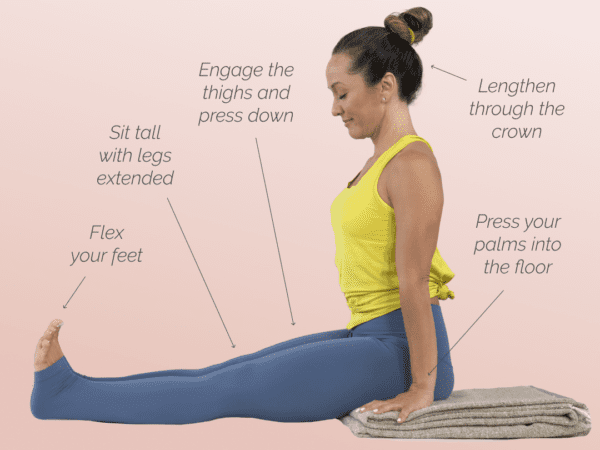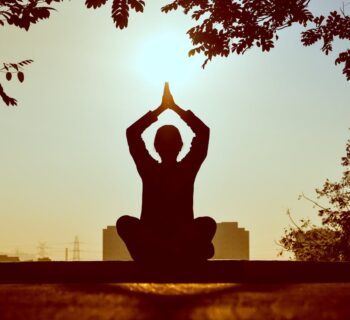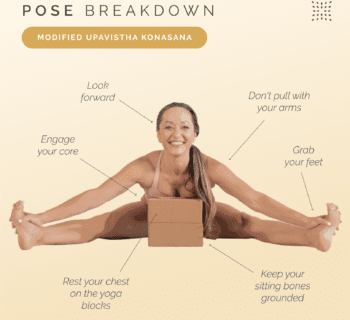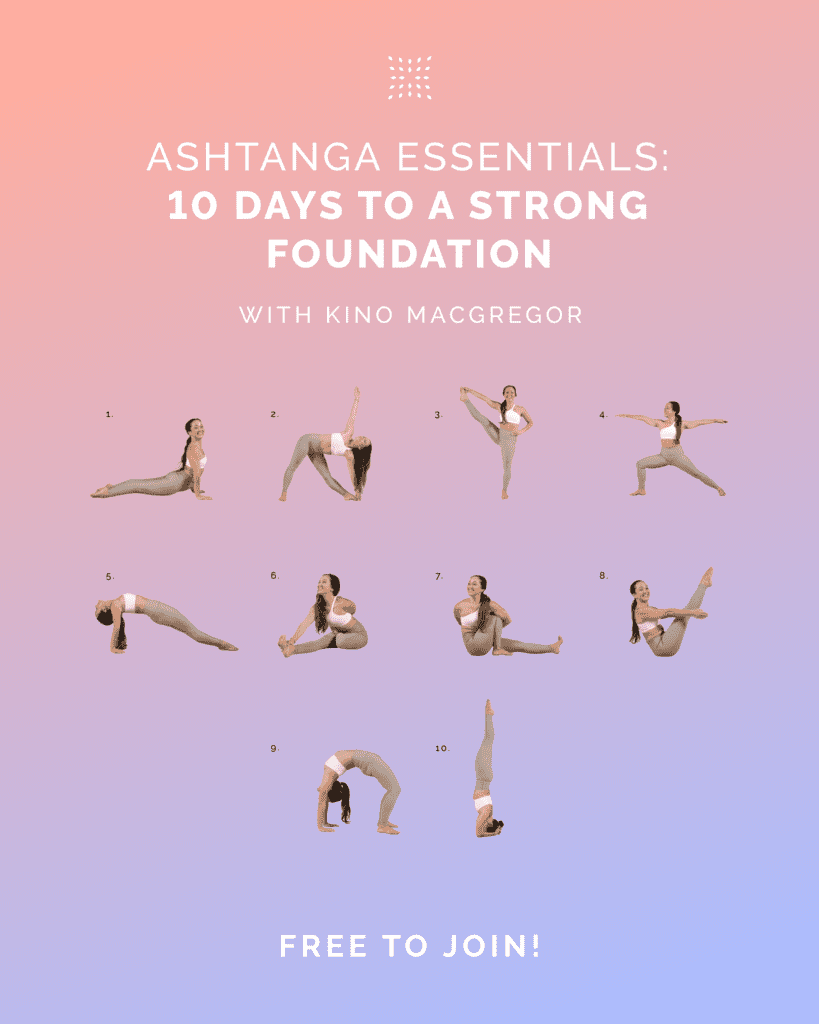If you’re new to yoga or looking for a simple yet effective pose to add to your routine, Viparita Karani may be just what you need. This gentle inversion, also known as legs up the wall pose, offers a host of benefits for both the mind and body, including stress relief, improved circulation, and relaxation. In this post, we’ll guide you through step-by-step instructions on how to do viparita karani so that you can experience the benefits for yourself. So grab a yoga mat.
What are the benefits of doing Legs-Up-the-Wall?
Viparita karani, or legs-up-the-wall pose, is a gentle and restorative yoga pose that is beneficial for both the body and mind. It is the perfect beginner friendly pose to do in the morning or at the end of a long day. Here are some of the top benefits of incorporating viparita karani into your yoga practice:
1. Relieves stress and anxiety: Viparita karani is a deeply relaxing pose that can help to calm your nervous system and ease feelings of stress and anxiety.
2. Improves circulation: By elevating your legs above your heart, viparita karani can help to improve blood flow and circulation throughout your body. This can also help to reduce swelling and inflammation in the legs and feet.
3. Helps with digestion: Viparita karani can help to stimulate the digestive system, aiding in the elimination of waste and toxins from the body.
4. Relieves tension in the back and hips: This pose can help to release tension in the lower back and hips, making it a great option for people who spend a lot of time sitting or standing.
5. Promotes relaxation and better sleep: Viparita karani is a great pose to do before bedtime, as it can help to promote relaxation and better sleep.
Overall, Viparita Karani is a simple yet powerful pose that can have a big impact on your health and wellbeing. So why not give it a try and see how it can benefit you?
What are the contraindications for legs-up-the-wall pose?
While viparita karani is generally a safe and gentle pose, there are some contraindications to be aware of when practicing this simple yoga pose. It is important to avoid this pose if you have any of the following conditions:
High blood pressure: If you have high blood pressure, it is best to avoid viparita karani or practice it with the guidance of a qualified yoga teacher.
Eye problems: If you have any eye problems, such as glaucoma, detached retina, or cataracts, it is best to avoid this pose as it can increase pressure in the eyes.
If you have any concerns or medical conditions, it is always best to consult with your healthcare provider before attempting any new yoga poses.
How to do legs-up-the-wall pose
Now that you know the benefits and contraindications of viparita karani, let’s dive into how to do the pose. Follow these step-by-step instructions for a safe and effective practice:
1. Find a clear wall space and sit sideways with your hip touching the wall.
2. Lie down on your back and swing your legs up against the wall so that your heels are resting on the wall and your legs are straight up in the air.
3. Adjust your position so that your sit bones are close to the wall. You want your butt as close to the wall as possible and your legs resting against the wall.
4. Place your arms by your sides, palms facing up, and close your eyes.
5. Stay in the pose for 5-10 minutes, or longer if desired.
6. To come out of the pose, bend your knees and roll to one side before slowly sitting up.
Remember to keep your breath slow and steady throughout the pose, and to listen to your body. If you feel any discomfort or pain, come out of the pose and try again another time or with the guidance of a qualified yoga teacher.
What modifications can be made to make the viparita karani pose more comfortable?
As a beginner yogi, it’s normal to experience discomfort in some yoga poses, including viparita karani or legs-up-the-wall pose. Fortunately, there are some modifications you can make to this pose to make it more comfortable and accessible for you.
Firstly, if you find it challenging to have your legs straight up against the wall, you can bend your knees and place your feet flat on the wall, creating a gentle inversion while allowing you to maintain a comfortable position. You can also use a pillow or blanket under your hips to elevate them slightly, reducing any tension in your lower back.
Another modification you can make is to use props, such as a bolster or folded blankets, under your head and neck. This will provide support and comfort, reducing strain in the neck and shoulders.
Finally, if you have any knee or hip injuries, you can practice this pose with your legs elevated on a chair or ottoman, creating a similar effect without any discomfort or pain.
What should you focus on while doing viparita karani?
Viparita Karani is a simple yet powerful yoga posture that can help you relax, reduce stress, improve circulation, and restore energy. If you’re a beginner yogi, learning how to do Viparita Karani can be a great way to start your yoga practice and reap its many benefits.
So, what should you focus on while doing viparita karani? Here are some tips to help you get the most out of this pose:
1. Alignment: Make sure your hips are close to the wall, your lower back is supported, and your legs are straight up in the air. Keep your arms by your sides and relax your shoulders. This will help you maintain the proper alignment and avoid any strain or discomfort.
2. Breath: Focus on your breath and try to deepen it as you hold the pose. Inhale deeply through your nose and exhale slowly through your mouth. This will help you calm your mind, reduce stress, and increase oxygen flow to your body.
3. Relaxation: Allow yourself to fully relax into the pose and let go of any tension or stress. Visualize your body softening and releasing any tightness or pain. This will help you enter a state of deep relaxation and restore your energy.
4. Intention: Set an intention for your practice and focus on it while doing Viparita Karani. It could be anything from relaxation and stress relief to healing
In conclusion, viparita karani is a simple yet powerful pose that can offer numerous health benefits, from reducing stress and promoting relaxation to aiding in digestion and relieving tension in the back and hips. By following the steps and contraindications outlined above, beginner yogis can safely and effectively incorporate this pose into their practice. So go ahead and give it a try, and experience the transformative effects of Viparita Karani for yourself. Namaste.
Are you looking for more guidance on your yoga journey? Sign up for Omstars to get access to thousands of yoga classes in the comfort of your own home. Click here to start your subscription.










